Dust Collecting Systems
Systems that collect dust are used to reduce pollution and air quality by removing gasses, fumes, and particulate matter in a confined environment. These gadgets can be used in household, commercial, and industrial settings. The basic operation of a dust collection system is to extract air from the room, pass it through a filter, which removes dust and other particulates from the air molecules, and then reintroduce the clean, filtered air into a space. It is crucial to match the chosen dust collection system to the planned end use and desired air quality because different setups produce different air contaminants. Read More…
Scientific Dust Collectors (SDC) began in 1981 when our first patent for improving filter cleaning was issued. Since then, SDC has been issued a number of additional related patents for improvements in dust collector cleaning technologies including our patented nozzle-based cleaning system which is superior to other collectors. Combined with our High Side Inlets, Wide Filter Spacing, and Inlet...
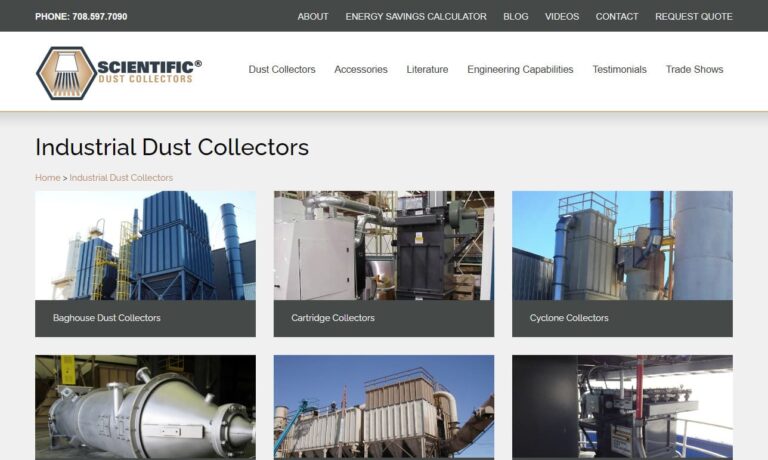
Griffin Filters is a trusted and dedicated leading manufacturer in the dust collector industry. We offer a wide selection of dust collectors with customization options available in order to serve various industries. Our experts are committed to manufacturing high-quality dust collectors that fit our customers' needs at competitive prices. Since its start in 1950, Griffin Filters has been setting...
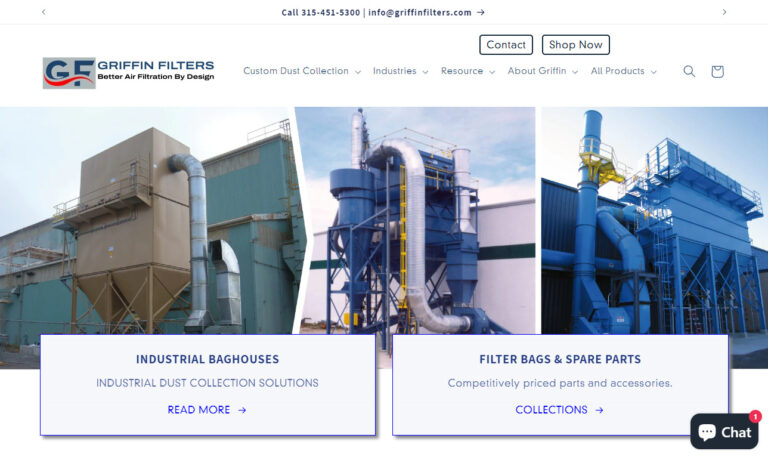
Our world-class facilities set us apart from the competition. We work hard to make our customers happy with our air filters. We can provide what you need to keep your air clean in whatever industry you are in. Our goal is to exceed your expectations so you can focus on what you do best! Whether you need support in design, products, delivery, or support, we can supply it all!
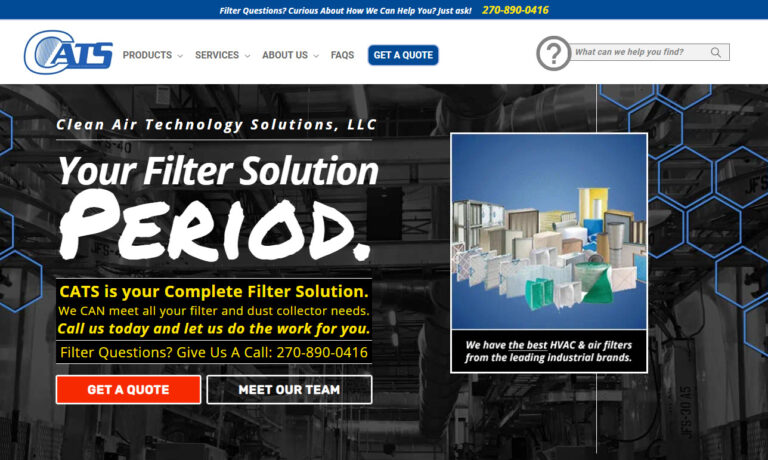
Ever since our inception in 1989, Robovent has been a leader in the manufacturing and design of ventilation and filtration systems. We have experience coming up with solutions to protect our customers from a wide range of dust, including aluminum dust, cast iron grinding dust, fertilizer dust, and more. Industries we serve include automotive, military, construction, medical, and aerospace. For a...
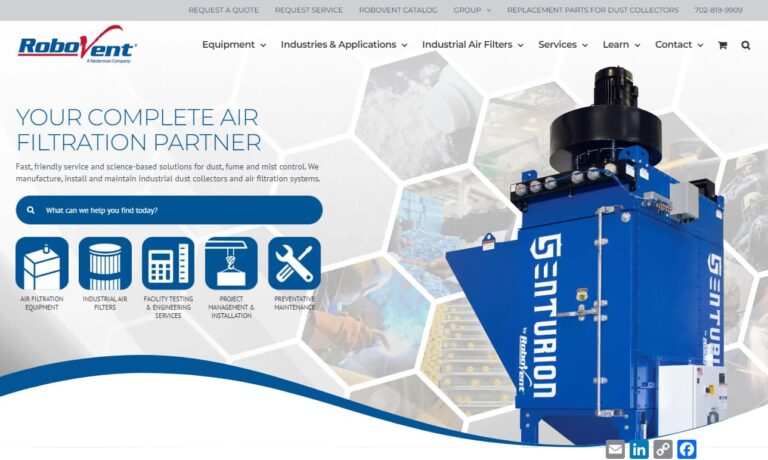
Our world-class facilities set us apart from the competition. We work hard to make our customers happy with our dust collector systems. We can provide what you need to keep your air clean in whatever industry you are in. Our goal is to exceed your expectations so you can focus on what you do best! Whether you need support in design, products, delivery, or support, we can supply it all!
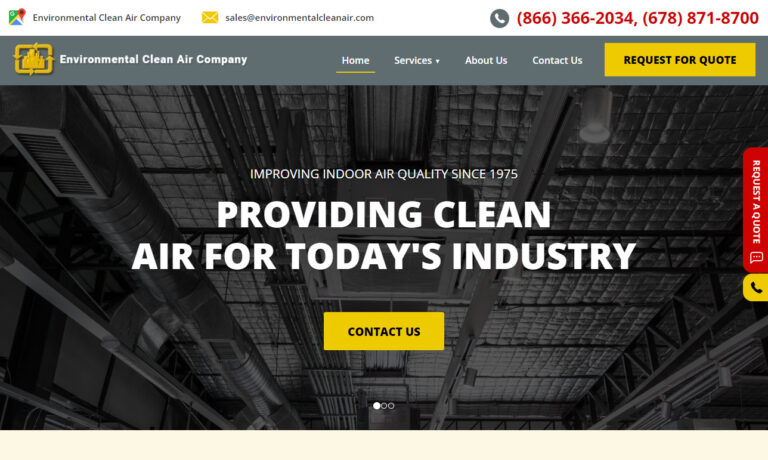
Here at Camfil APC, we understand that during the manufacturing process dust and other pollutants are introduced to the air. In order to combat this we have a wide variety of dust collecting systems that include, but are not limited to, our Gold Series® Industrial Dust Collector, Quad Pulse Package, and our Zephyr III®. We service the food & beverage, chemical processing, pharmaceutical,...
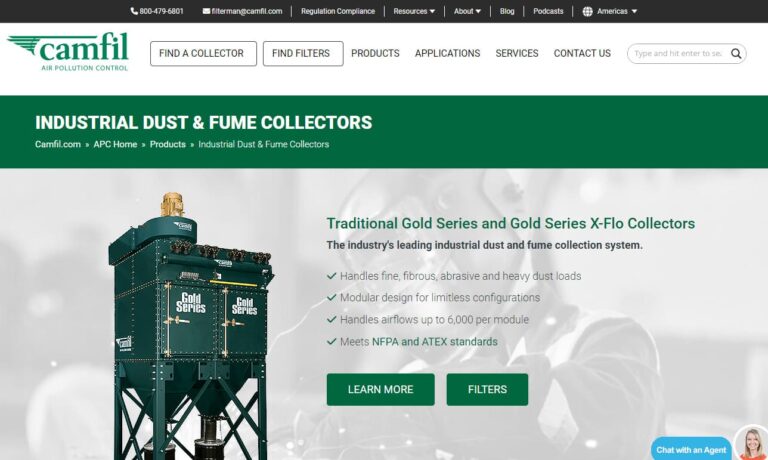
Our dust collecting systems are designed to eliminate respirable airborne contaminants from the work environment. Eliminating airborne contamination in the workspace can lead to better employee performance and a lower rate of absenteeism.

More Dust Collecting System Manufacturers
Types of Dust Collecting Systems
The following are the primary categories of dust collection systems used in industries:
Electrostatic Precipitators
Electrostatic precipitators employ electricity and the movement of charges to collect dust, soot, and other particulates from exhaust gases. The electrostatic precipitators' operating principle depends on producing a significant potential difference between two electrodes or plates, which subsequently generates an ionization field between them.
As the gas passes through, the particles ionize and are drawn to the electrode with the opposite charge, where they can be collected. After losing their charge, the accumulated particles can be mechanically removed from their plates by rapping, washing into a hopper below, or vibration. Power generating, cement, chemical, metal, and paper sectors use electrostatic precipitators. They come in a tube, plate, moist, or dry form.
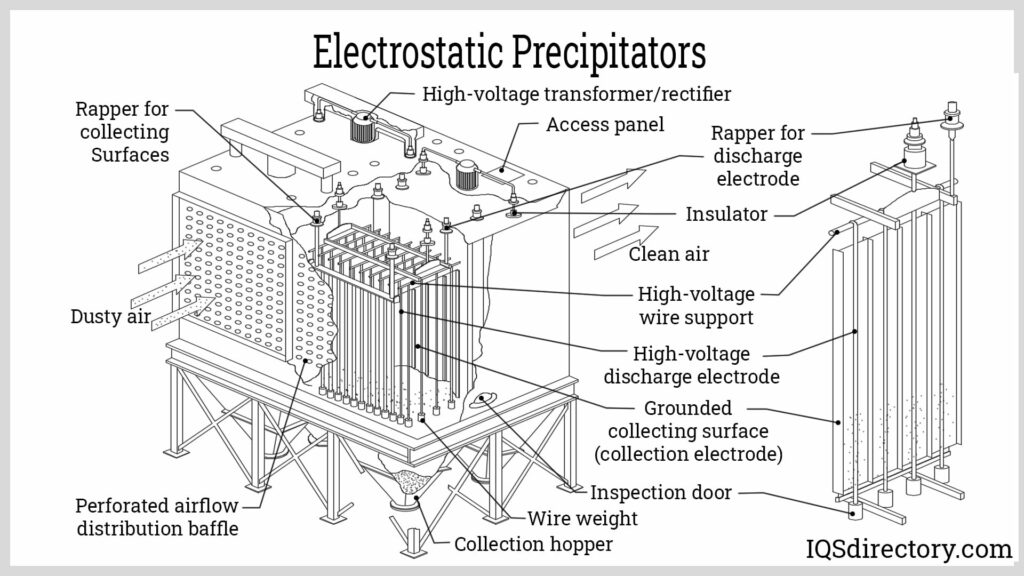
Advantages
- Able to handle big gas volumes with little pressure decrease
- Ability to efficiently capture particles as small as one-tenth of a micron
Disadvantages
- Only able to regulate the emission of particulate matter; unable to control the emission of gases
- Not adaptable to modifications in operating circumstances after installation
Wet Scrubbers
Wet scrubbers remove and collect particles from gas flows by combining the dust particles with water and separating them from the air. Due to its chemical makeup, the liquid is bonded to heavier gas particles. The top of the scrubber then lets out clean air. However, due to the potentially dangerous compounds it may retain after the process, the cleaning liquid is collected for special disposal to prevent land and water pollution. The venture, cyclone, packed bed, spray, and mechanical scrubbers are among the various varieties of wet scrubbers.
Advantages
- Comparatively stable and tolerant to a large temperature range
- Can cut down on the release of chemicals like surfactants that could lead to acid rain
Disadvantages
- Need routine upkeep since they are prone to rust
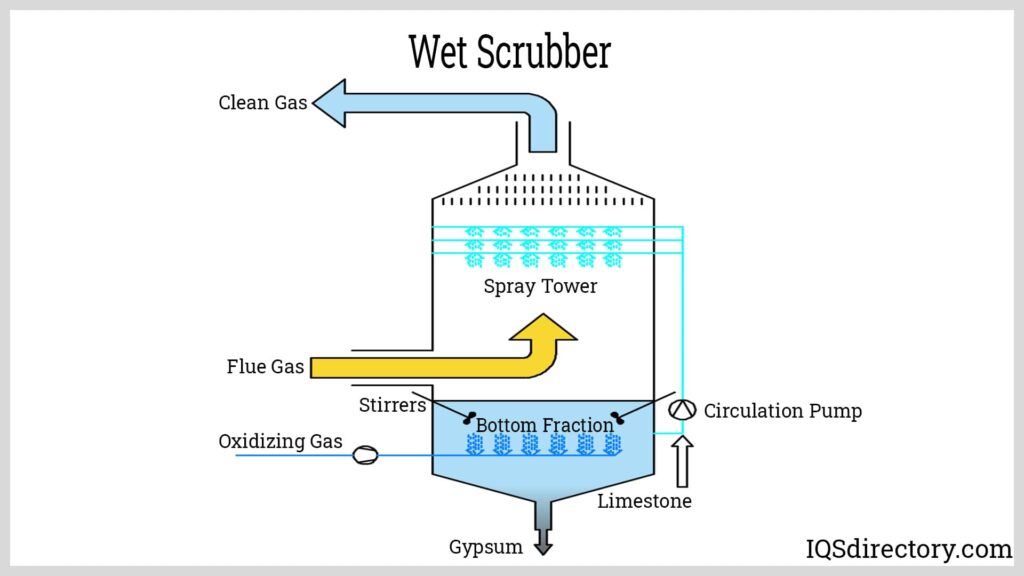
Fabric Filters
These come in a variety, but they all work on the same general premise of catching particles larger than the mesh size. The type of material and filter mechanism affect how well fabric filters perform in a given application. Baghouses and fabric collectors are types of fabric filters, with baghouses typically being utilized in industrial setups.
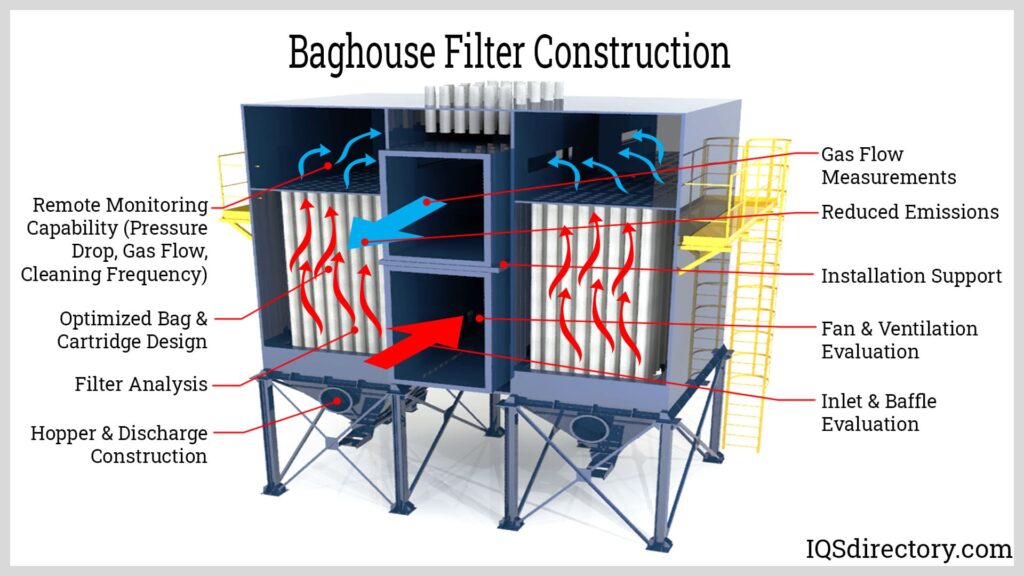
Depending on the type of baghouse, a filter's operating principle will vary. The pulse jet filter collects the dust particles that are outside of the filter. This permits the uninterrupted flow of air and the online cleaning of filters with high-pressure compressed air. Low-pressure deflation is used in reverse air baghouses to clean the filters, which is most useful in automated systems with high temperatures.
It is possible to maintain the filter's cleanliness. The kind of fabric filter collector to use, the cost of the media, the operating temperature, and the chemical and physical properties of the particulate matter to be collected all affect the type of baghouse used.
Advantages
- Extremely effective
- A wide range of gas volumetric flow rates are applicable.
- Drops in low pressure
Disadvantages
- Need a lot of floor space
- Fabrics can rust easily.
- Material damage can occur as a result of extreme temperatures.
- Not suitable for use with wet gasses
Centrifugal Collectors
These include devices like the cyclone collector, which uses centrifugal force to propel dirty gas into a spiral or vortex. After being placed on the conical section's walls, the heavy particles are permitted to fall from the top. The gas enters from one end and exits through another in an axial orientation.
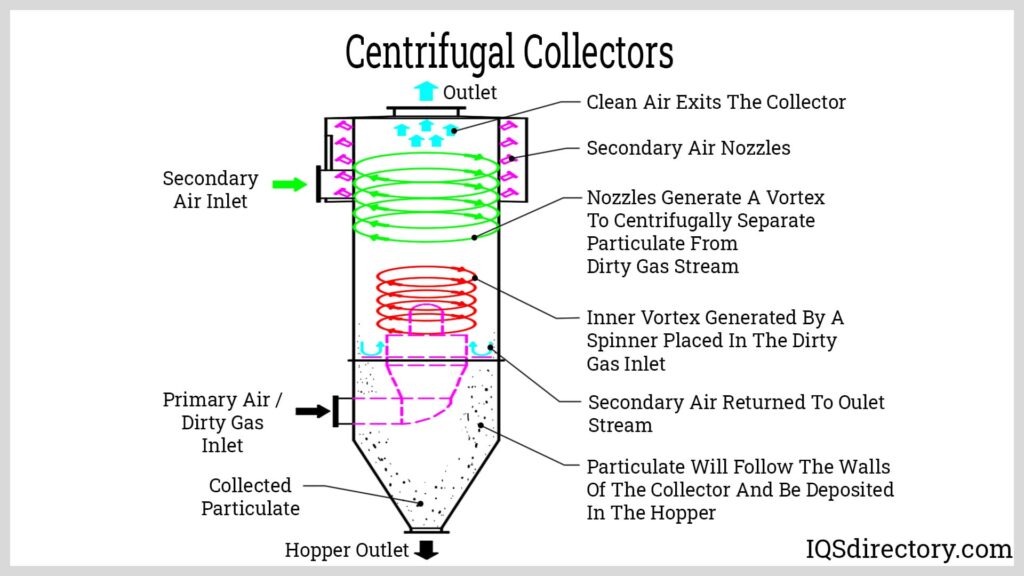
Advantages
- Can tolerate high temperatures and saves space
- Able to handle moist gasses
- Lowers expenses
Disadvantages
- Only applicable to the separation of large particles; ineffective for the separation of small particles
- Associated with a reduction in high pressure
- Incompatible with sticky materials
Applications of Dust Collectors
Every business that generates particulate matter, from thermal power generation to instant coffee facilities, uses dust collectors. Here are some examples of applications for dust collectors:
- Production of phosphoric acid
- Production of sulfuric acid
- Iron and steel mills, steel-making furnaces, and blast furnaces
- Glass & glass fiber industry
- Asphalt batching plants
- Air-blown asphalt stills, catalyst regenerators, petroleum refineries, and sludge burners
- Instant coffee plants
- Portland cement industry
- Soap and synthetic detergent manufacturing
Choosing the Correct Dust Collecting System Company
To ensure you have the most productive outcome when purchasing a dust collecting system from a dust collecting system manufacturer, it is important to compare several companies using our directory of dust collecting system manufacturers. Each dust collecting system company has a business profile page highlighting their areas of experience and capabilities, along with a contact form to directly communicate with the manufacturer for more information or request a quote. Review each dust collecting system business website using our proprietary website previewer for a better idea of what each dust collecting system company specializes in. Then, use our simple RFQ form to contact multiple dust collecting system businesses with the same form.

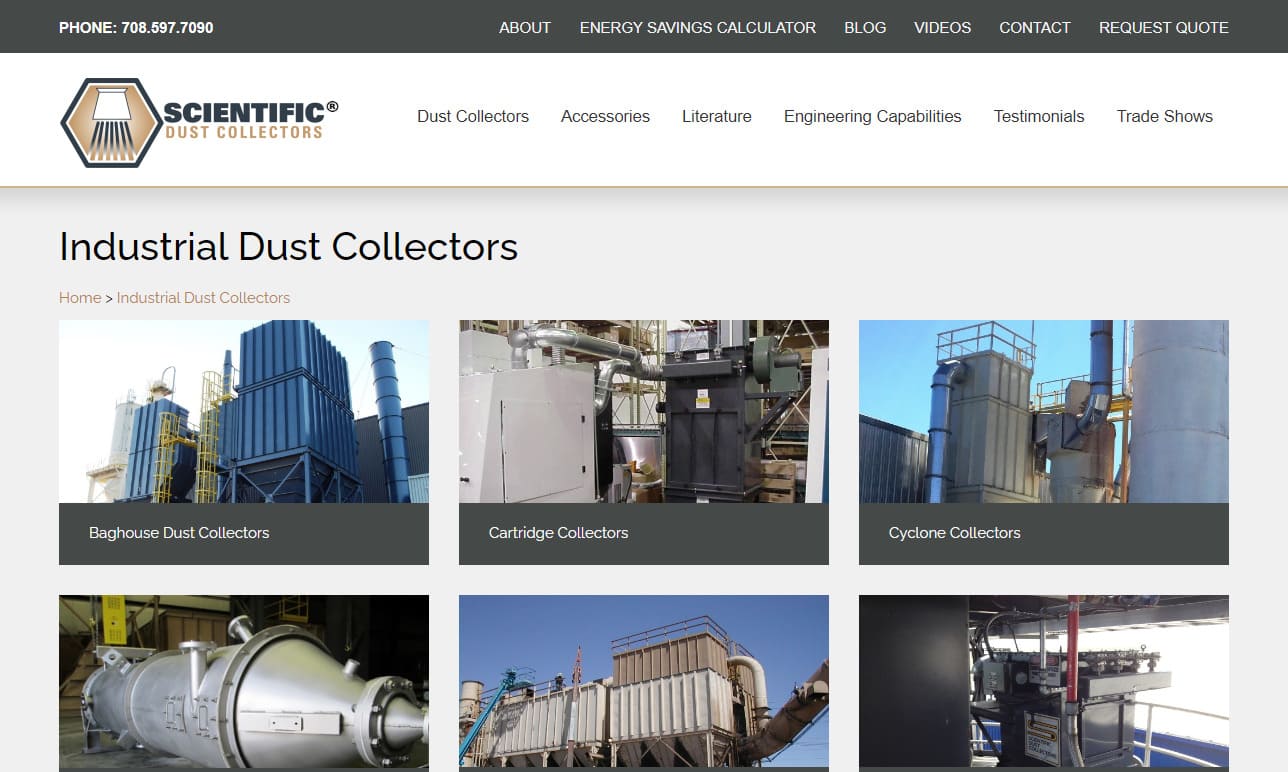
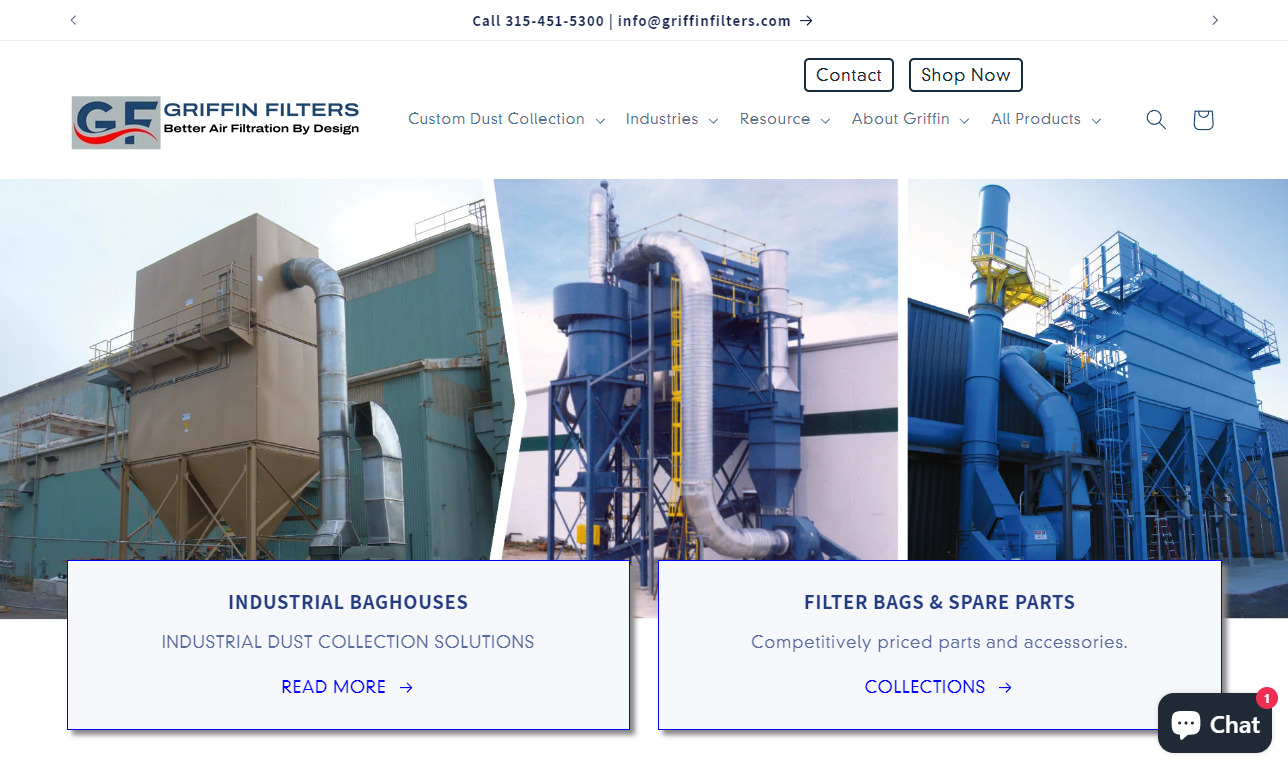
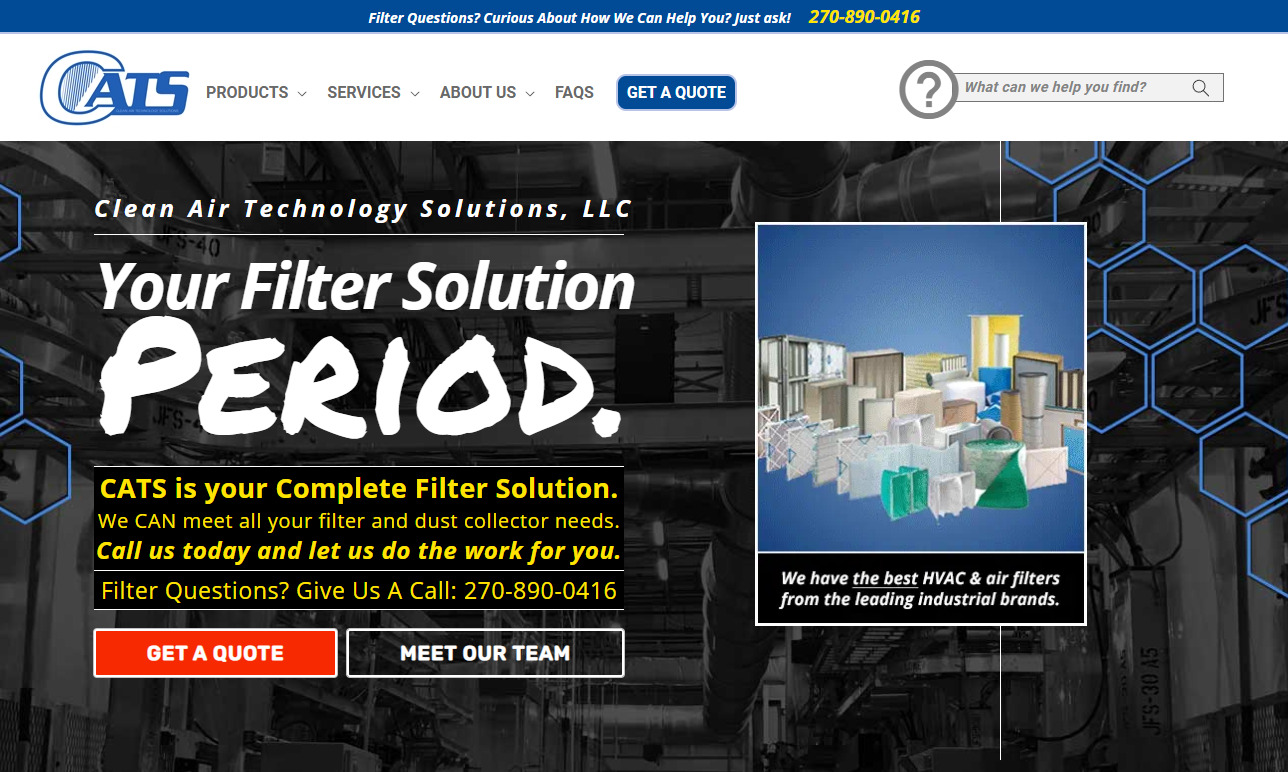
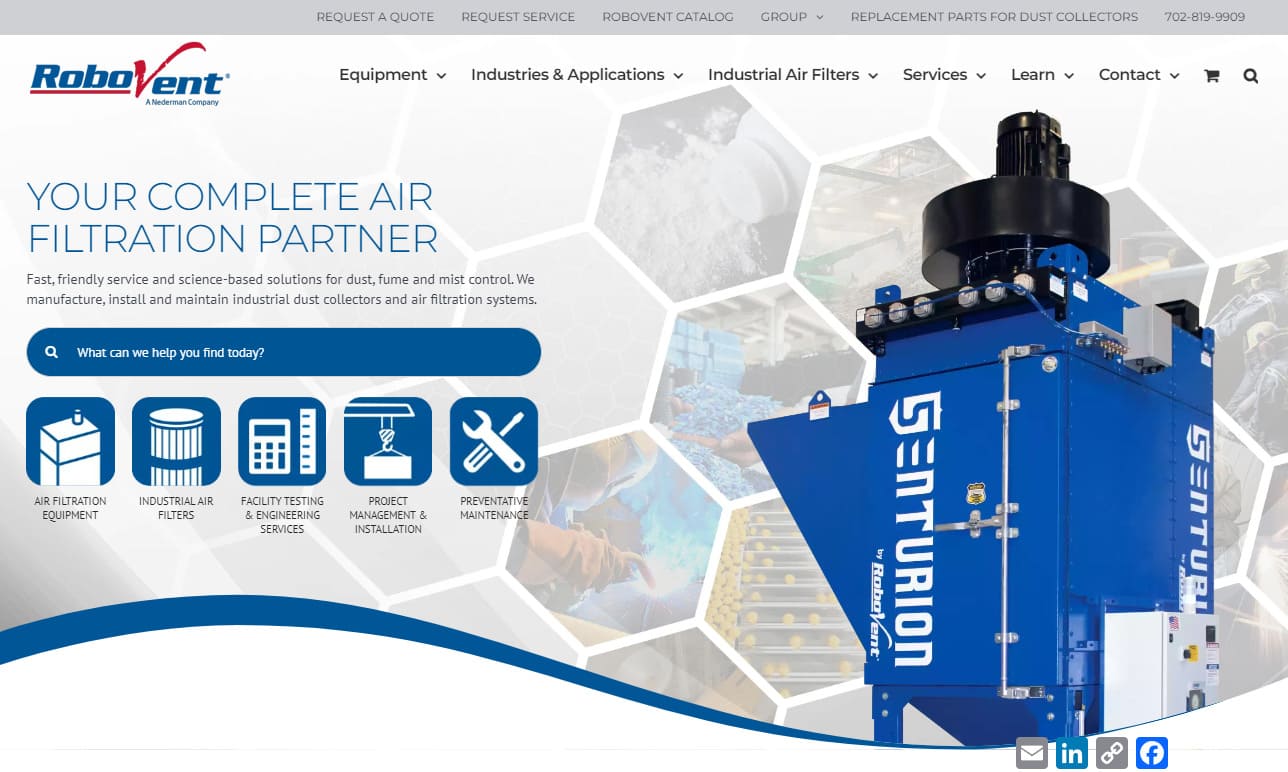
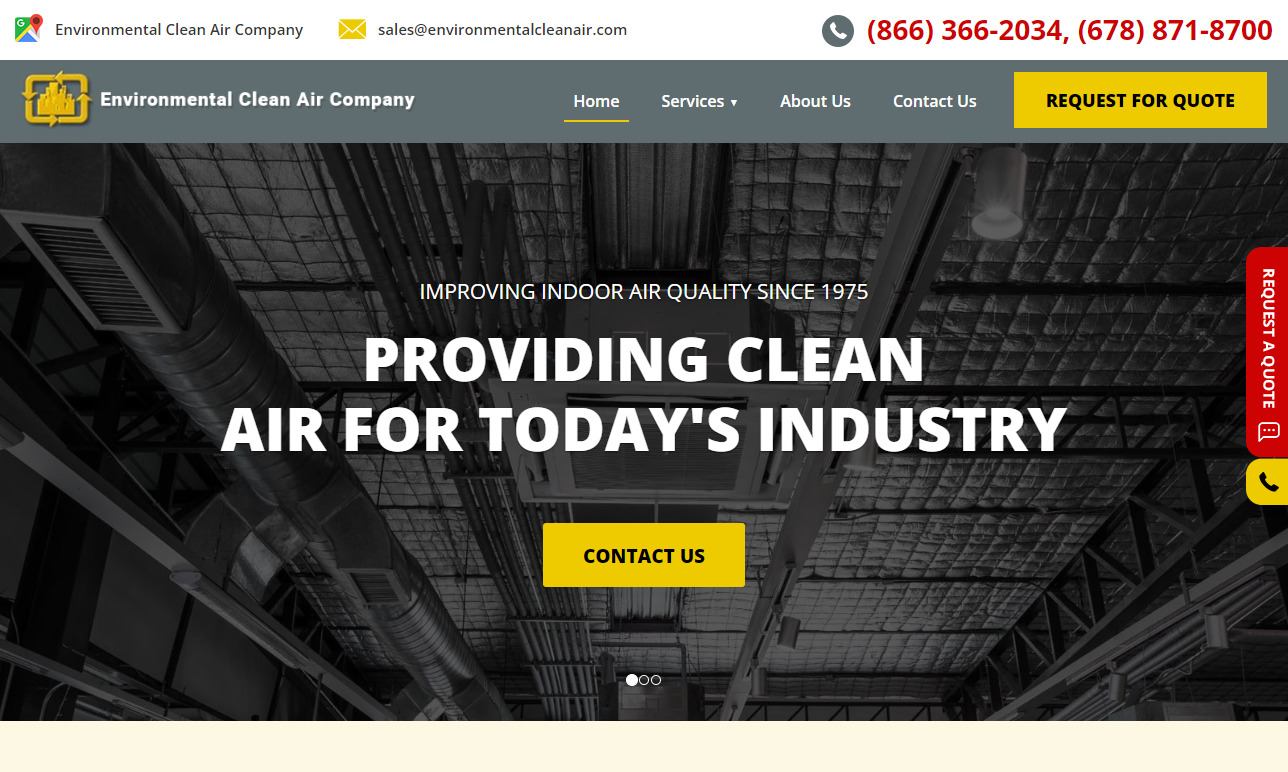
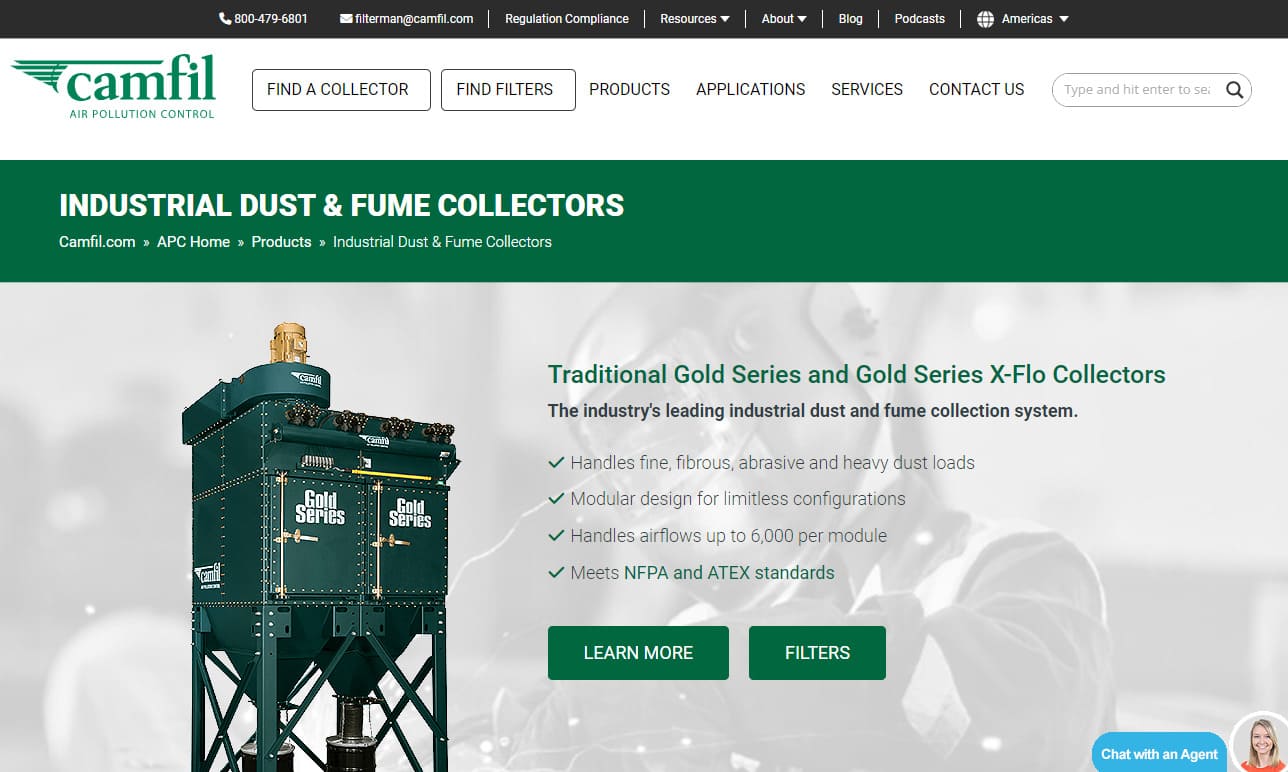
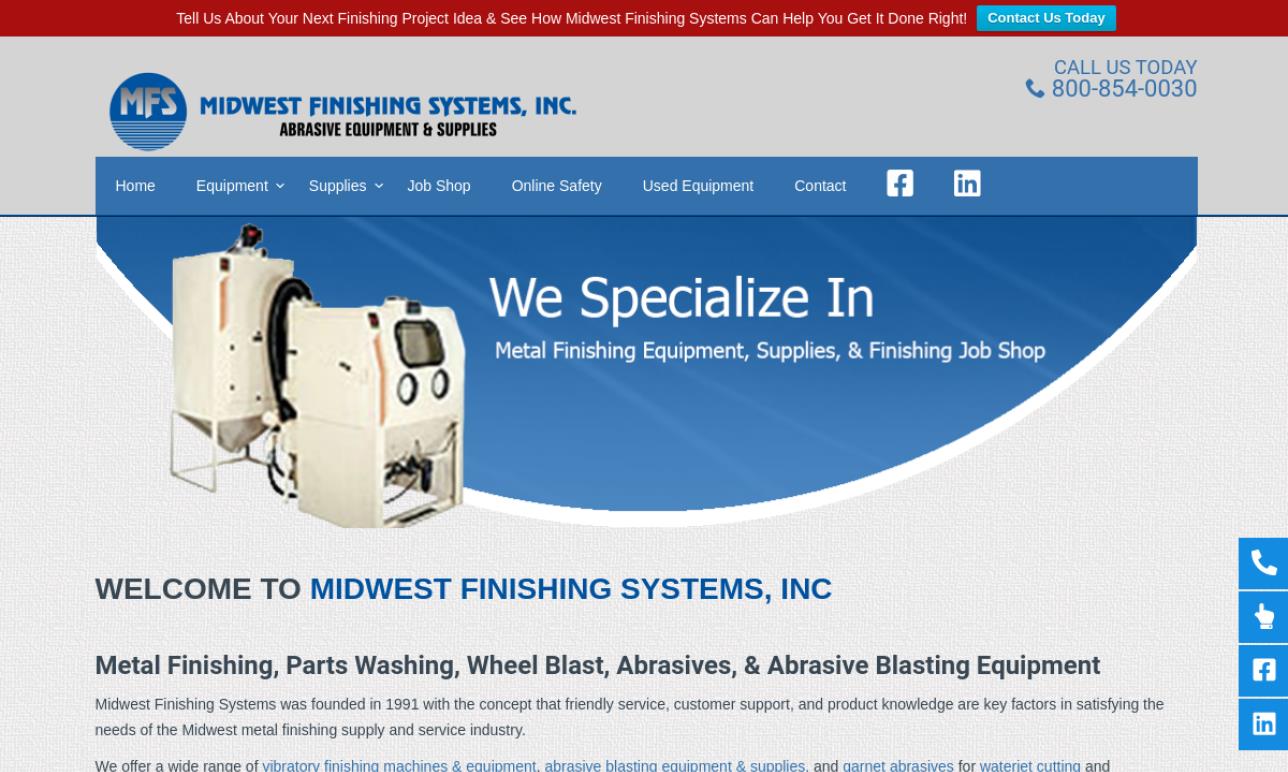
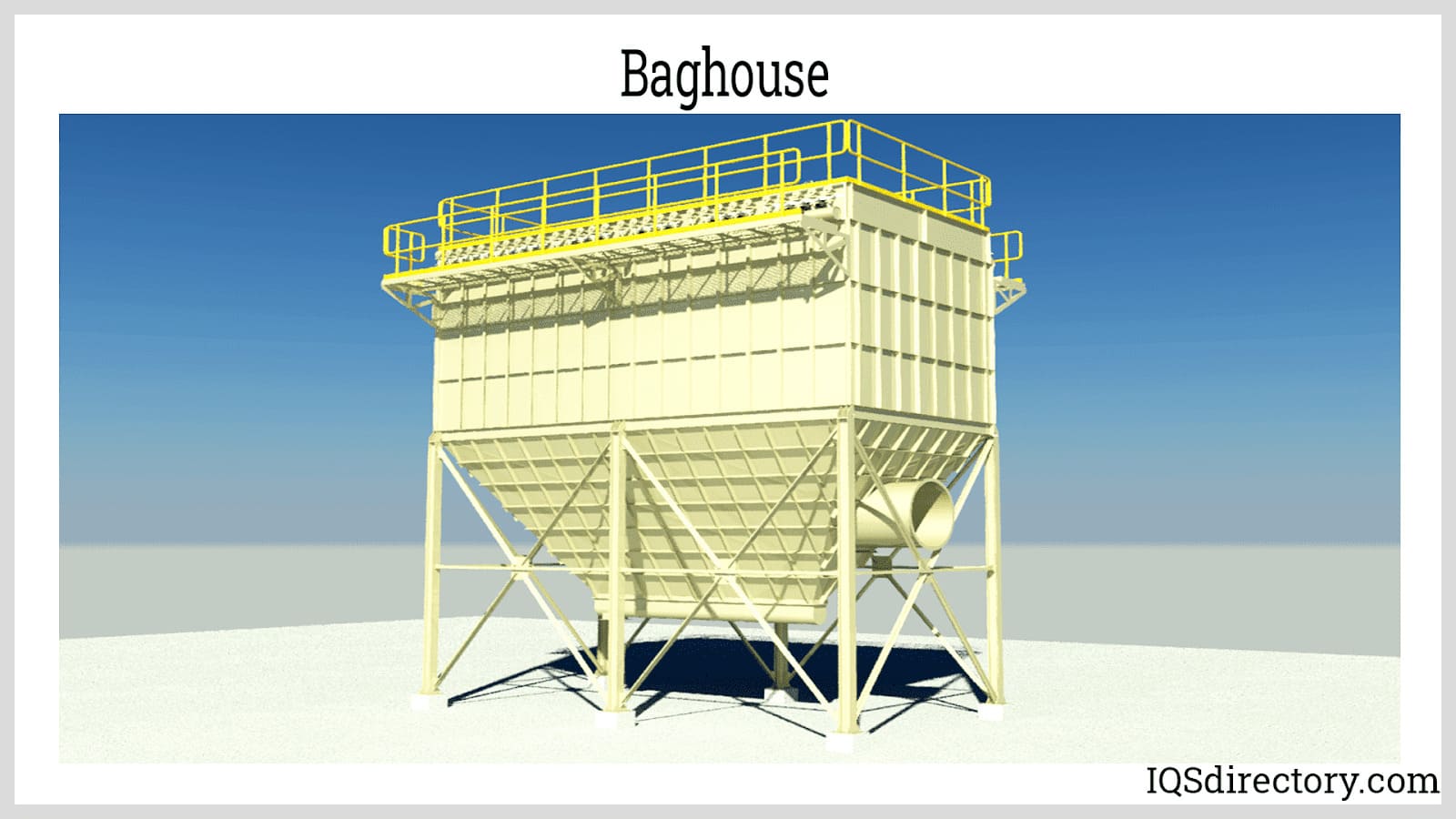
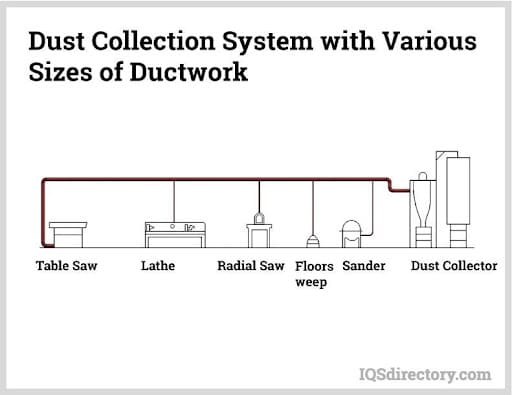
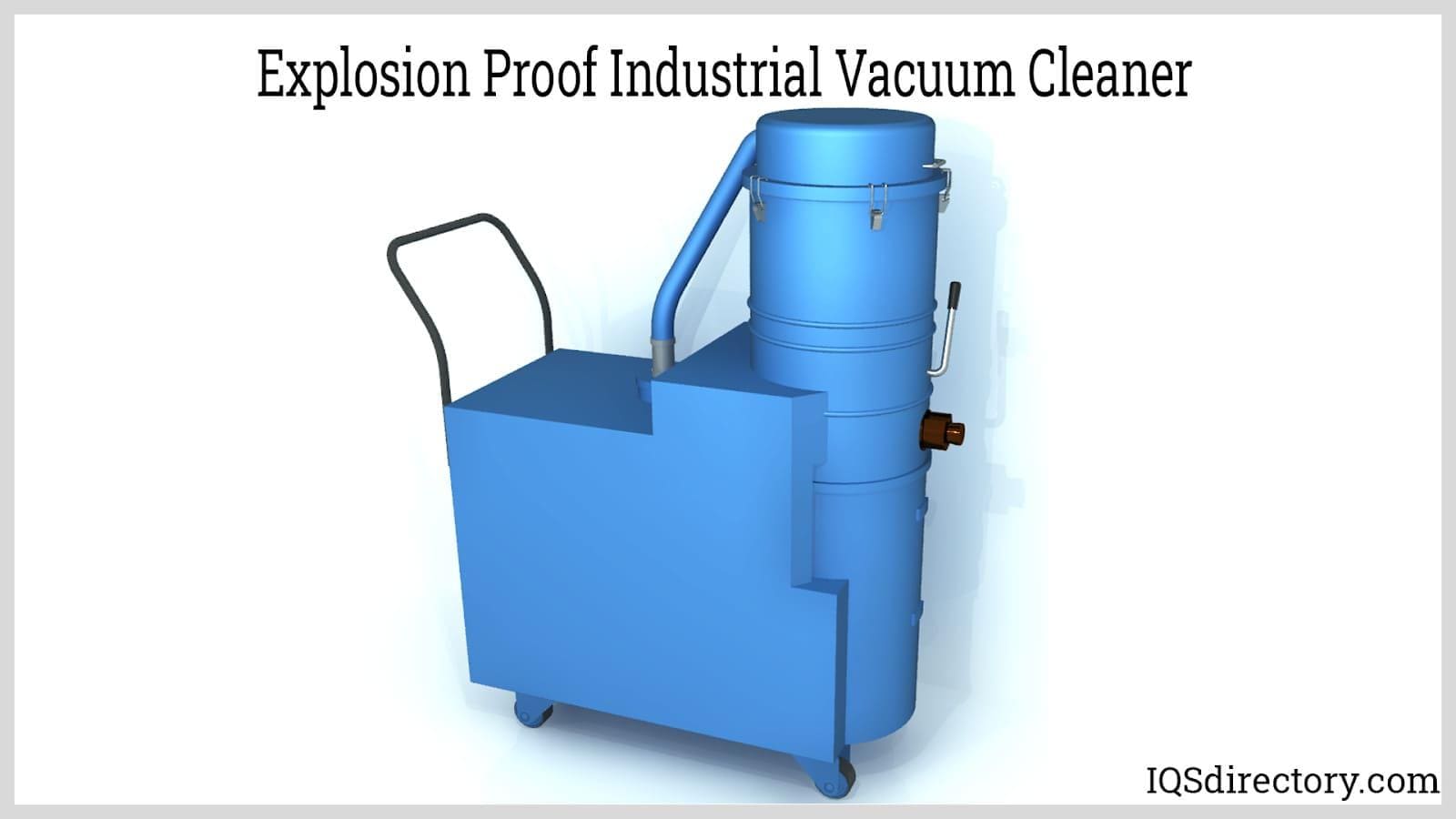
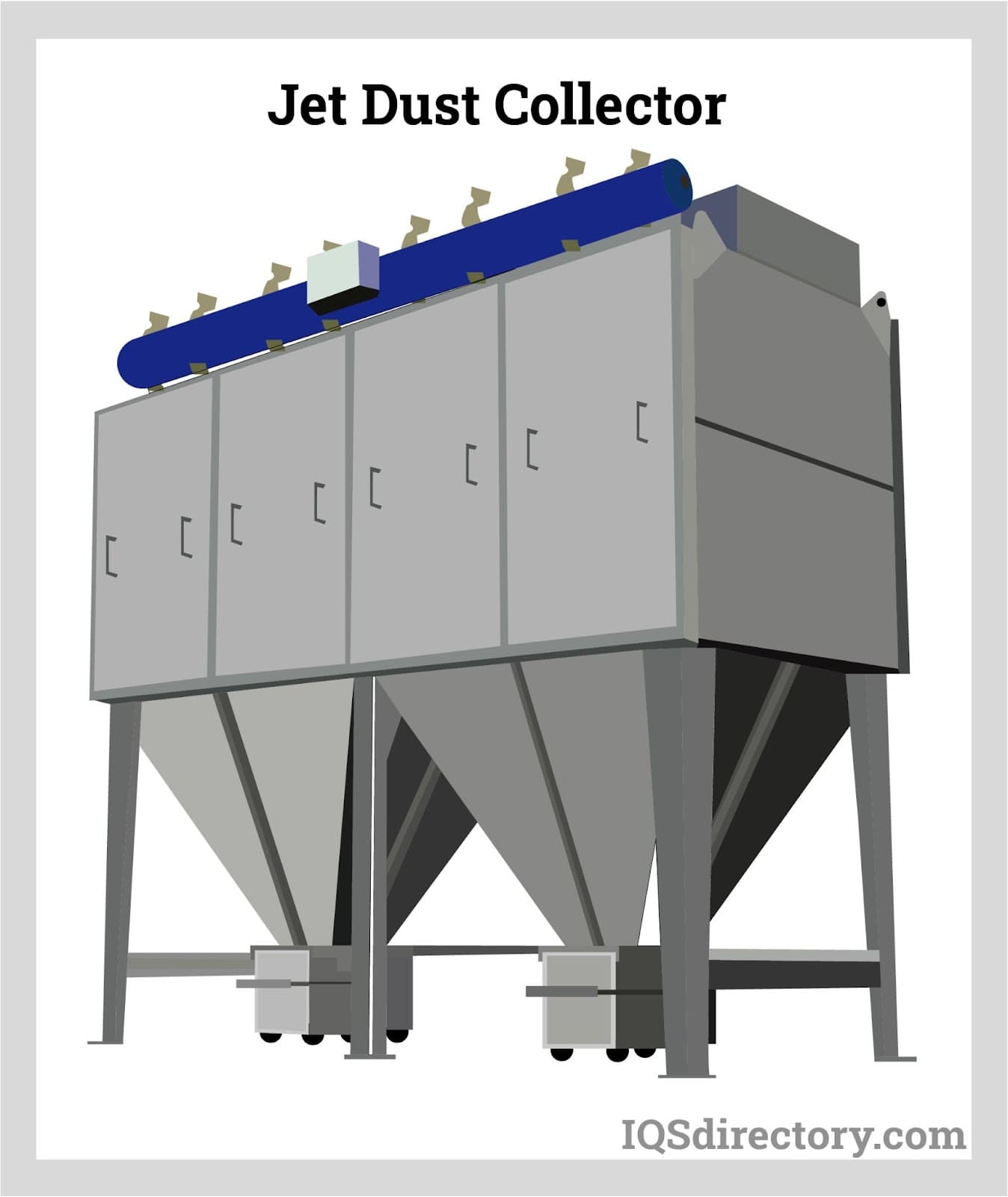
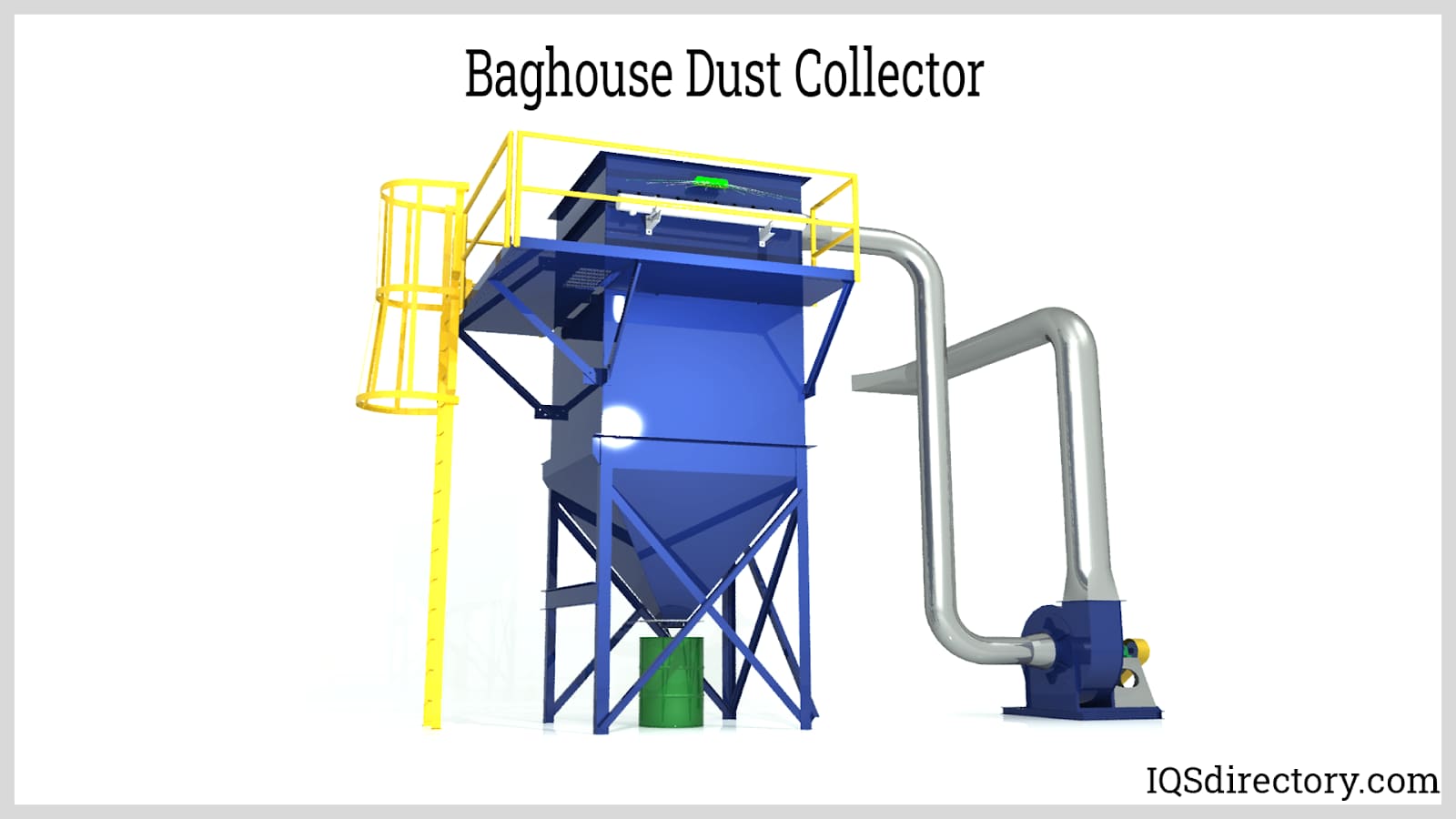
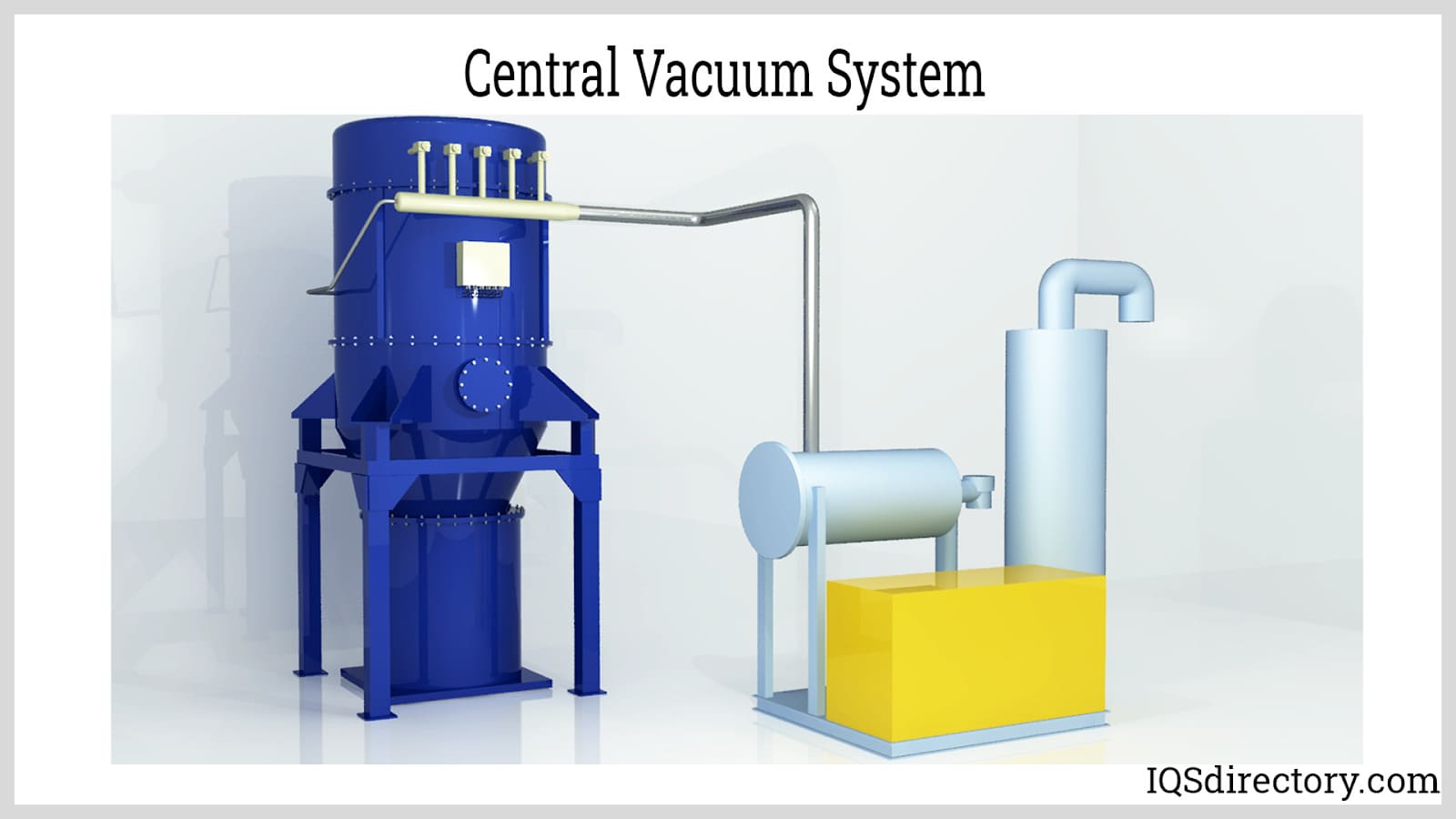
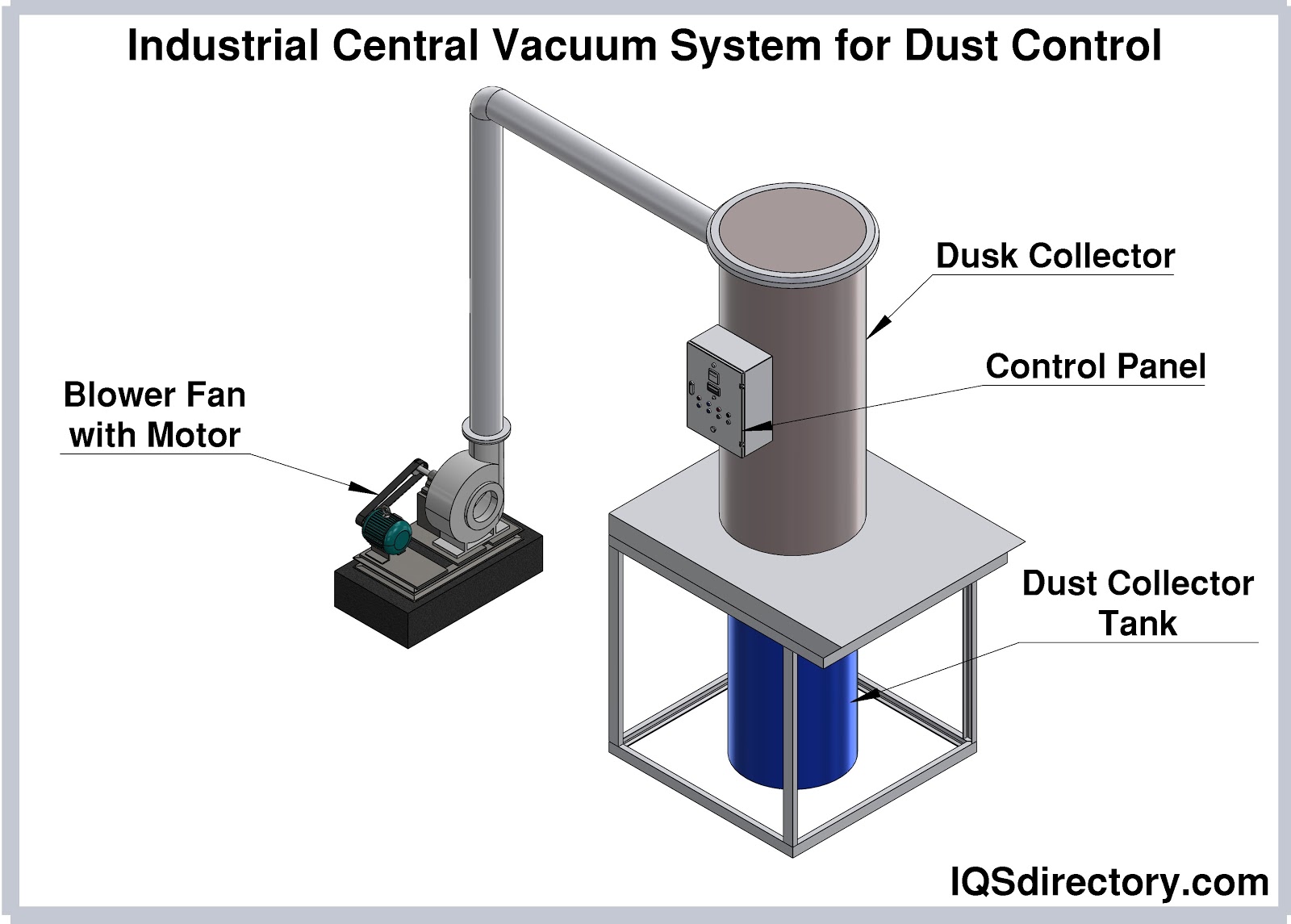
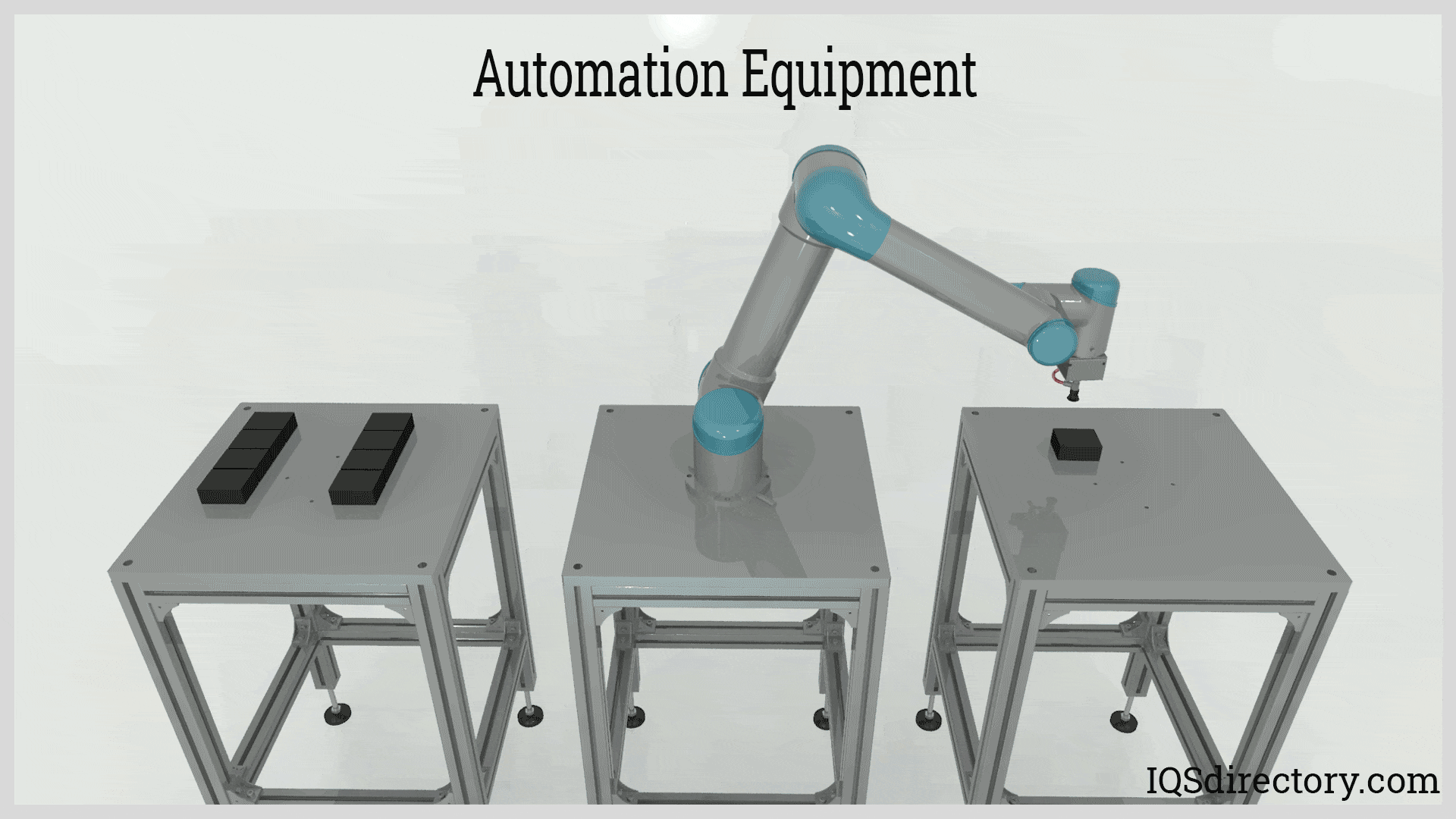
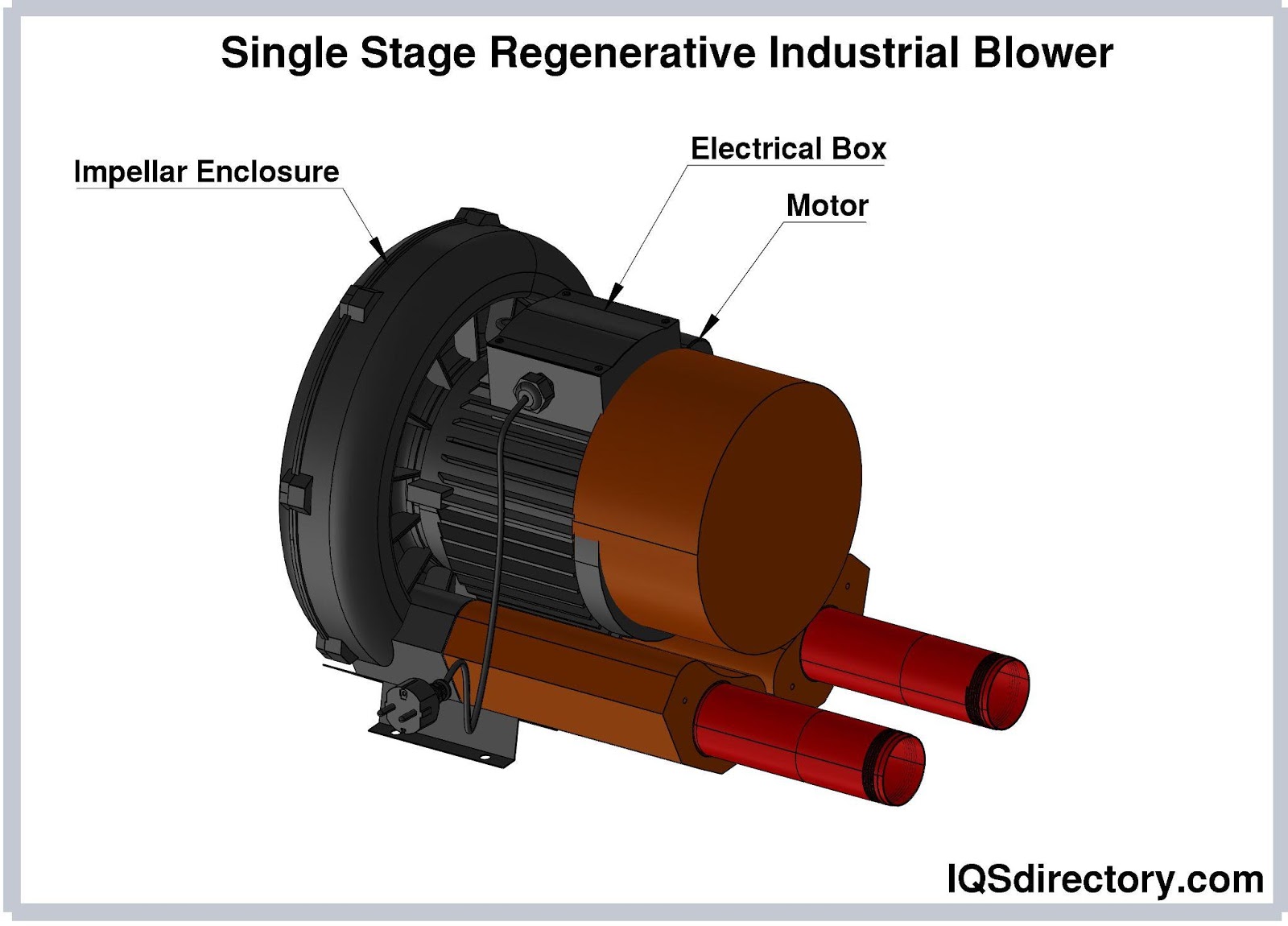
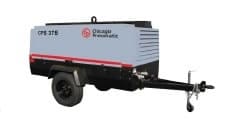 Air Compressors
Air Compressors 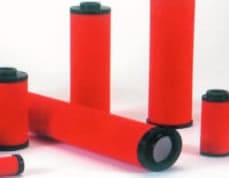 Air Filters
Air Filters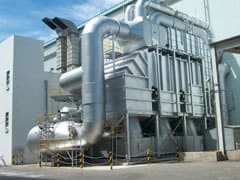 Air Pollution Control
Air Pollution Control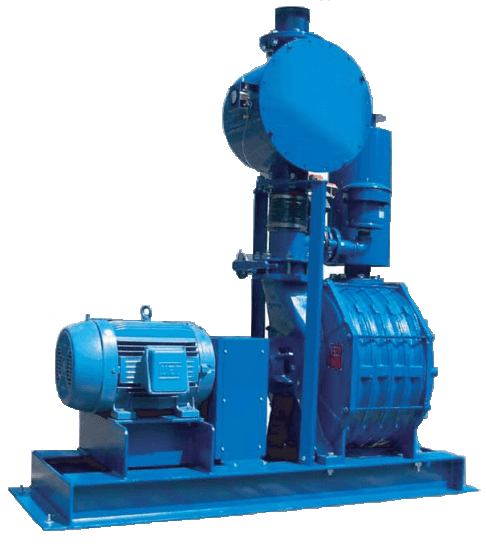 Blowers
Blowers Dust Collectors
Dust Collectors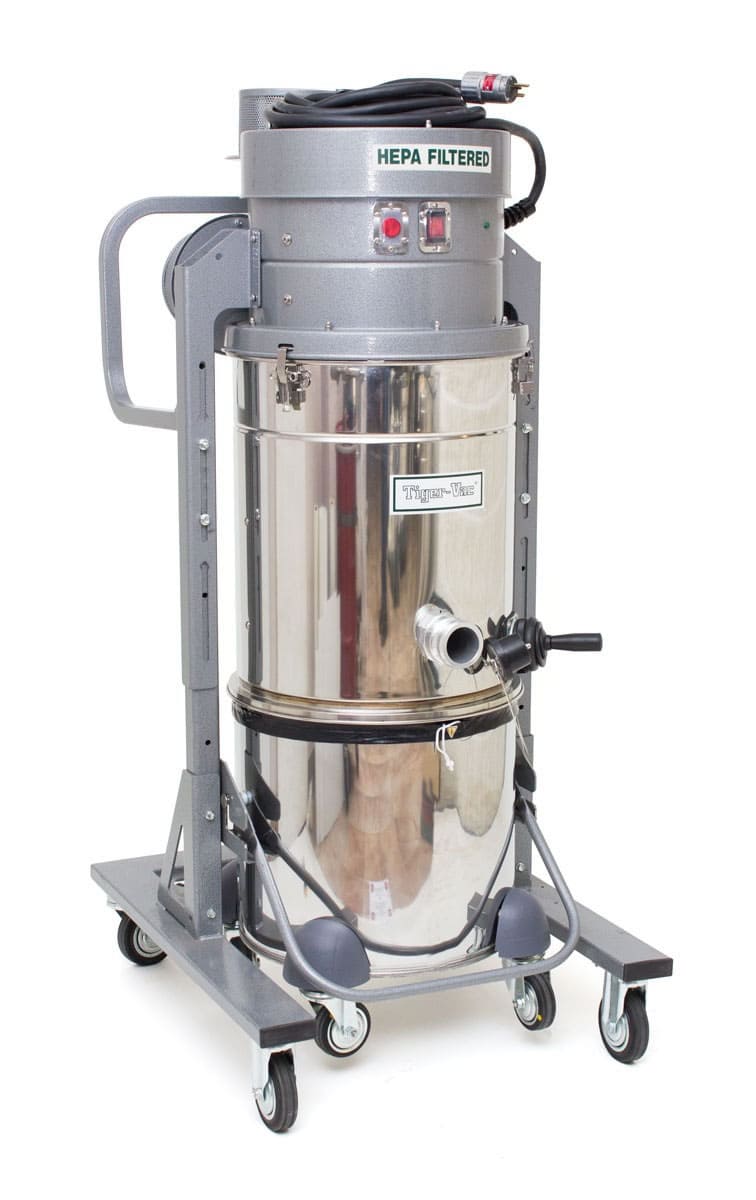 Industrial Vacuum Cleaning Equipment
Industrial Vacuum Cleaning Equipment Castings & Forgings
Castings & Forgings Bulk Material Handling
Bulk Material Handling Electrical & Electronic Components
Electrical & Electronic Components Flow Instrumentation
Flow Instrumentation Hardware
Hardware Material Handling Equipment
Material Handling Equipment Metal Cutting Services
Metal Cutting Services Metal Forming Services
Metal Forming Services Metal Suppliers
Metal Suppliers Motion Control Products
Motion Control Products Plant & Facility Equipment
Plant & Facility Equipment Plant & Facility Supplies
Plant & Facility Supplies Plastic Molding Processes
Plastic Molding Processes Pumps & Valves
Pumps & Valves Recycling Equipment
Recycling Equipment Rubber Products & Services
Rubber Products & Services